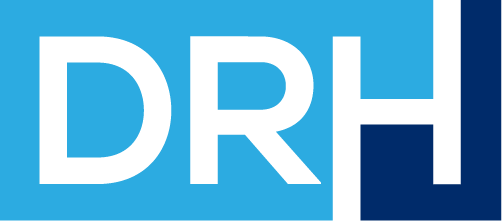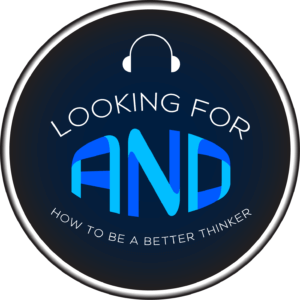Several years ago, I was speaking with a good friend of mine about my new job as a product manager at Nextel. I was telling him how much I loved the new role, what I did every day, and how great the company was that was allowing me to enjoy my work so much. Instead of congratulating me, he said, “Doug, I’ve know you for a long time and you’ve had several jobs in the last ten years. Each time it’s the ‘greatest job in the world.’ I’m becoming a little skeptical…”
And, I was a little taken back. I quickly realized that he was right to some extent – the roles that I had taken were not special. Besides being a product manager, I coached football for an elite university in the midwest, I was a trainer, and I had several roles in project management – nothing too exciting. Just roles like millions of other people.
So, why was I so engaged with my work? After giving it some thought, I realized that I had re-crafted each role to fit my strengths. University research labs and organizations such as Gallup have found that people who work within their strengths are more productive and engaged at work.
Re-crafting your role is not difficult but it does require you to commit to change for at least a week.
 Identify: Take a ‘strengths’ test and determine your top five strengths. You can take the VIA Strengths Survey on AuthenticHappiness.org for free (keep in mind you will need to register, first). Or, you can try the Realise2 from the Centre of Applied Positive Psychology (CAPP) for a small fee. The reports are fantastic and tell you about your realized strengths, unrealized strengths, weaknesses, and learned behaviors. One more is Gallup’s Strengthsfinder. To access their assessment you can purchase Now Discover Your Strengths or contact Gallup to license the assessment for your team or organization.
Identify: Take a ‘strengths’ test and determine your top five strengths. You can take the VIA Strengths Survey on AuthenticHappiness.org for free (keep in mind you will need to register, first). Or, you can try the Realise2 from the Centre of Applied Positive Psychology (CAPP) for a small fee. The reports are fantastic and tell you about your realized strengths, unrealized strengths, weaknesses, and learned behaviors. One more is Gallup’s Strengthsfinder. To access their assessment you can purchase Now Discover Your Strengths or contact Gallup to license the assessment for your team or organization.- Plan: Now, take your top five strengths and make sure they are easy to review each morning when you start your day. Examine your calendar and your to-do list for the upcoming day. Determine which of your strengths you can use with each task and meeting. Keep in mind that you might use more than one strength for a given meeting or task – that’s perfectly acceptable.
- Get Creative: Since our culture is so focused on fixing weaknesses, it’s sometime hard to imagine how we can use our strengths more often. Check out this great list of ideas from Tayyab Rashid for some ideas.
- Review: At the end of the week, take a couple of minutes to think about your week. How did it feel to use your strengths more consciously? What did you learn about yourself? What are you going to do differently, next week?
While many professional development activities involve making detailed plans, mapping to corporate-approved competencies, or getting the ok from your manager, this simple checklist can be implemented immediately and the effects can be dramatic. Let me know how it works for you. Good luck!



